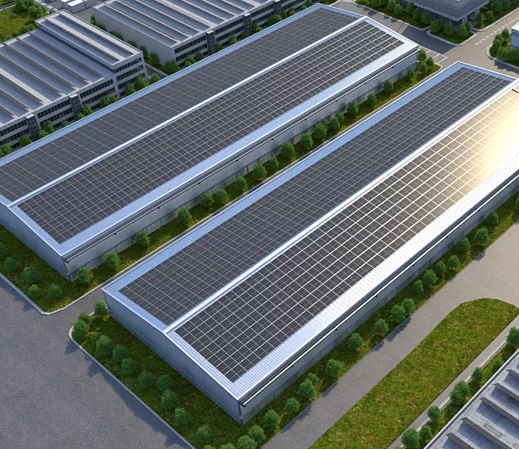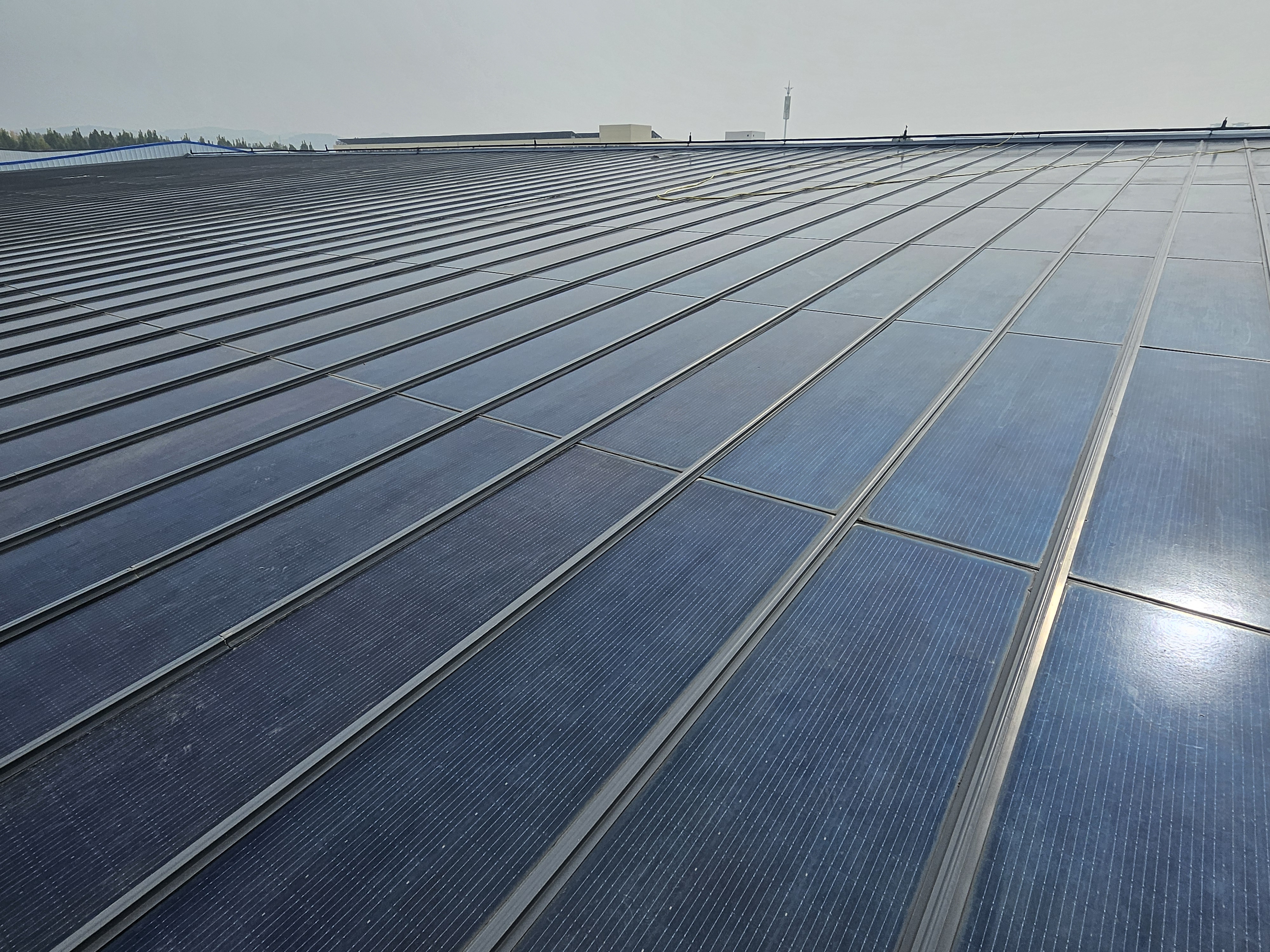In the evolving landscape of sustainable construction, building-integrated photovoltaics (BIPV) have emerged as a revolutionary solution that seamlessly combines power generation with aesthetic design. BIPV technology integrates photovoltaic cells directly into building materials such as roofs, facades and windows, transforming traditional structures into energy-producing assets. This innovative approach not only enhances the building's visual appeal but also greatly improves energy efficiency, making it a compelling choice for modern construction projects.

One of the most significant advantages of BIPV is its versatility in application scenarios. From residential to commercial skyscrapers, BIPV can be tailored to meet the specific energy needs and design preferences of various building types. By integrating photovoltaics into the fabric of a building, BIPV reduces reliance on traditional energy sources, thereby lowering utility costs and reducing the carbon footprint. This fusion of technology and architecture represents a forward-thinking approach to sustainable design, appealing to environmentally conscious consumers and developers.
In addition, BIPV offers unique opportunities to save material and space. Traditional solar panels often require additional mounting structures, which consumes valuable roof space and materials. In contrast, BIPV eliminates the need for separate installations by embedding solar technology into the building envelope itself. This not only simplifies the construction process but also maximizes the use of available surface, resulting in a more efficient and aesthetically pleasing design. Therefore, BIPV becomes a practical solution for urban environments where space is at a premium.
Beside their functional benefits, BIPV also enhances the overall aesthetics of the building. With a wide range of design options, architects and builders can create visually striking structures that harmonize with their surroundings. The integration of photovoltaic materials can be customized to match the architectural style of the building, whether modern, traditional or avant-garde. This aesthetic flexibility allows BIPV to be used as a design element rather than just a practical tool, thereby enhancing the overall appeal of the property and potentially increasing its market value.

As the demand for sustainable building solutions continues to grow, BIPV is poised to become the first choice for architects, builders and homeowners. Its ability to combine energy generation with architectural aesthetics makes it an attractive option for those looking to invest in the buildings of the future. By choosing BIPV, stakeholders not only contribute to a greener planet, but also embrace new standards in building design that prioritize functionality and aesthetics. In summary, BIPV represent a new era of sustainable construction, harmoniously blending energy efficiency, material savings and visual appeal, which will be crucial for the buildings of the future.
Post time: Nov-01-2024

